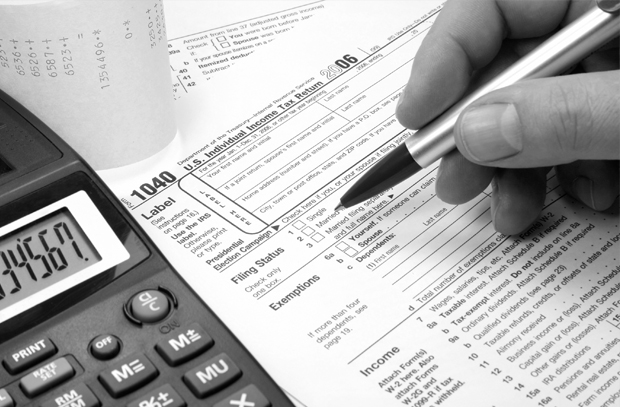18 months in and still firmly closed: The ongoing story of...
Eighteen months on and Australians remain locked in or rather locked out (depending on where you find yourself while...
READ MORE
Applications are regularly made to the ATO, often at a significant cost to taxpayers. The associated professional fees alone can run into thousands of dollars.

Therefore, even if an application is successful, the associated costs can significantly – and unfairly – reduce the net proceeds the taxpayer receives.
In certain circumstances, however, there may be the ability for taxpayers (including self-managed super funds) to seek compensation from the ATO.
This can provide taxpayers with the ability to recover a proportion, if not all, of the professional fees and other costs associated with a successful application.
Note that although an application for compensation can be a real ‘value add’ for clients and might be worth considering, it will only be available in limited circumstances.
Here, we outline some of the key factors of seeking compensation from the ATO, focusing particularly on applications made under the Scheme for Compensation for Detriment caused by Defective Administration (CDDA Scheme).
Other avenues available to taxpayers seeking compensation include compensation for legal liability (eg negligence) and act of grace payments, which are administered by the Department of Finance and Administration, not the Tax Office.
CDDA Scheme
The CDDA Scheme provides the ATO with the ability to compensate taxpayers for loss suffered as a direct result of the ATO’s defective administration. Some key aspects
of the CDDA Scheme are:
What can and can’t be claimed
A claim under the CDDA Scheme will only be successful if the taxpayer has suffered a quantifiable financial loss as a direct result of the defective administration.
Review process
In the case that an application for compensation under the CDDA Scheme is rejected, the claimant can request that the ATO conduct an internal review of the decision. The ATO will typically only agree to do so if the claimant can provide new and relevant information. Alternatively, the claimant can refer the matter to the Commonwealth Ombudsman.
Practical implications
As mentioned, the CDDA Scheme will not be applicable in every circumstance. A successful application requires a direct link between the detriment suffered by the claimant and the ATO’s defective administration. This can be a difficult test to meet, and in the past there has been a low chance of success. In 2011, for instance, 389 claims for compensation were made to the ATO, with fewer than 50 per cent successful – and of those successful applications, fewer than 50 per cent were paid in full.
This low success rate, coupled with the costs associated with actually making the claim (eg professional fees), may not make an application under the CDDA Scheme worthwhile. This is especially true considering that each application is decided on a case-by-case basis. That being said, in the right circumstances, a claim for compensation under the CDDA Scheme may be worth pursuing.
For instance, consider the case where a successful application has been made to have super contributions disregarded or reallocated for excess contributions tax purposes. In this case, a claim under the CDDA Scheme may provide the taxpayer with the ability to recover some of the (often substantial) professional fees associated with making the application.
To apply for compensation under the CDDA Scheme, a form (NAT 11669) on the ATO website should be completed and lodged.
Conclusion
Where a successful application has been made to the ATO, the taxpayer may be able to recover some of the associated costs under the CDDA Scheme. Compensation under the CDDA Scheme will only be available in limited circumstances. However, the scheme can provide clients with the ability to recover a significant proportion of their costs and is generally worthy of consideration.